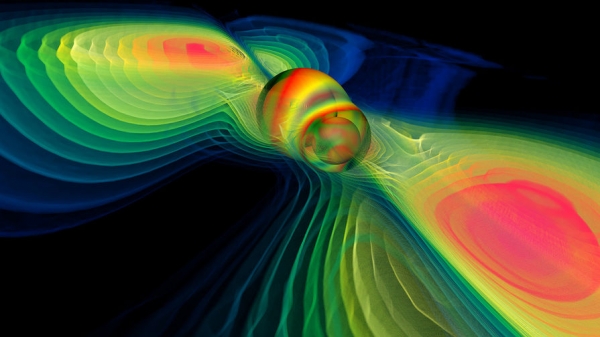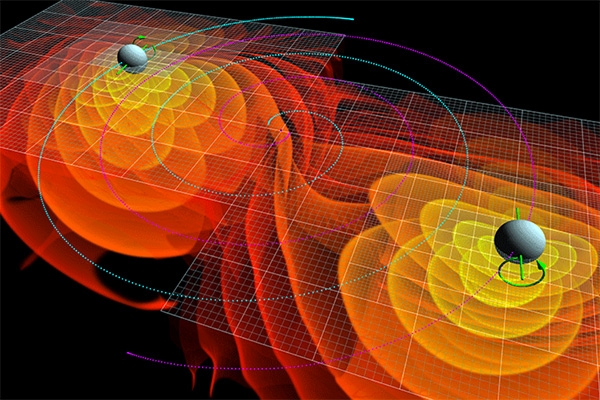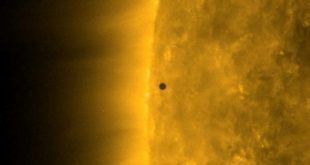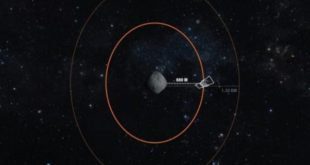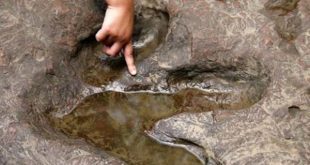 “Eye of Horus” is located at a distance of 7 billion light years from Earth.
“Eye of Horus” is located at a distance of 7 billion light years from Earth.
Japanese students managed during the study of photographs obtained from the telescope “Subaru”, open the “eye of Horus”.
This celestial body represents the most exciting and gravitational lens.
The representative of the national astronomical Observatory of Japan Masayuki Tanaka reported that the discovery occurred while studying the photos from the cameras of the HSC. Initially, they drew attention to a ring-shaped galaxy in which there were traces of strong gravitational lenses. He also noted that all became possible only through quality pictures taken from the telescope Subaru.
Tanaka is not only a scientist but also a teacher of introductory astronomy courses for students. During his study he often cites the example of a photo with a telescope, which have become the basis of his course of study. During the next class the students drew attention to a unique object, which they nicknamed as the “eye of Horus” due to its resemblance to the symbol of the ruler of Ancient Egypt.
This is the usual gravitational lens, which is removed to a distance of 7 billion light-years away in the direction of the constellation Virgo. It spawned galaxy J142449 HSC-005322, whose mass is 700 billion times the Sun. In connection with the curvature of the density and manages to capture high-quality images. Due to this phenomenon managed to see two more galaxies, located at a distance of 9 and 10.5 billion years.

Experts note that failed to detect them only through the density created by the lens. Dual structure and the unusual shape of the “eye of Horus” explained by the fact that together with the other two galaxies they formed a single series as formed a double overlay of galaxies on each other.

